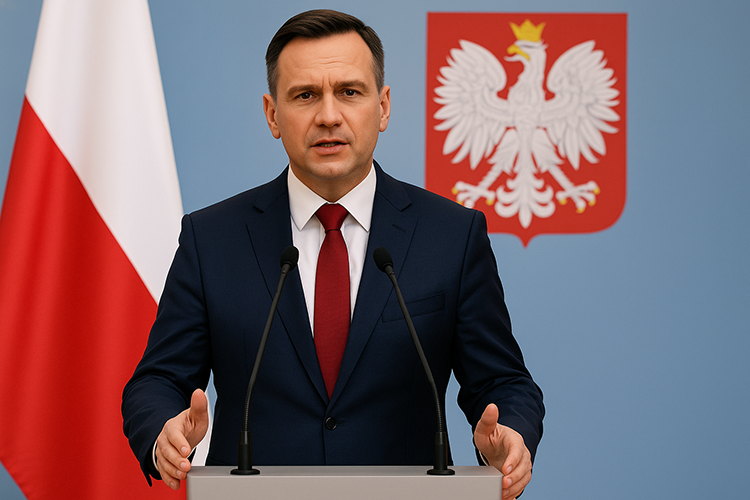2025-09-29
indicators

Poland ended 2024 with 97 registered political groupings, of which 70 were active, according to new data published by Statistics Poland. Together, they counted just over 209,000 members and reported combined revenues of PLN 301.2 million. Seven new parties were registered during the year, while 16 were removed from the official register. The total number of registered parties at the close of 2024 was two fewer than in 2022, but still 24 more than in 2014. Of the active groupings, 21 were represented in parliament or government, 12 held seats only at the local level, and 37 had no presence in public authorities. Nearly two-thirds of all parties were based in the Mazowieckie region, with 46 headquartered in Warsaw. Membership in political parties rose 2.6 percent compared with 2022, though the total remained almost 30 percent lower than a decade earlier. The overwhelming majority of members—more than 90 percent—belonged to parties with parliamentary representation, even though such groups made up only about a third of all active organizations. Men accounted for two-thirds of the membership, though their share has been gradually declining. Organizationally, more than half of the parties maintained field structures, but the number of local units has fallen since 2022. Parties most often reported activities such as public gatherings, press conferences, debates, and media appearances. Forty-eight organized civic events, 46 engaged in public debates and educational campaigns, and 43 reported interventionist actions aimed at helping social groups or individuals. Publishing and legislative work were less common, and only five parties undertook research activities. Cooperation with other organizations was widespread: 47 parties said they worked with external groups, most often with other political parties (40) or associations and foundations (32). Far fewer reported links with churches or employers’ organizations. Fourteen parties declared youth associations, although their total membership fell to 4,200, nearly 3,000 fewer than in 2022. Volunteerism continued to play an important role. Nearly 20,000 people provided unpaid work for political parties in 2024, up 18 percent from two years earlier but far below levels seen a decade ago. Most of these volunteers were also party members, and the bulk of their efforts supported parliamentary parties. Paid employment remained limited, with only 14 parties hiring staff. Altogether, 192 people worked on employment contracts and 229 under civil law agreements, both fewer than in 2022. Party revenues surged to PLN 301.2 million in 2024, up sharply from 2022, mainly due to post-election subsidies and higher individual contributions. Public funds accounted for nearly 56 percent of the total, with PLN 167.9 million transferred from the state budget. Parliamentary parties dominated financially, taking in 99.7 percent of all revenues. Half of the parties reporting income raised no more than PLN 13,000, while six large organizations each exceeded PLN 1 million and together accounted for nearly 99 percent of all revenues. The biennial survey underlines both the concentration of resources among Poland’s leading parties and the continuing decline in grassroots membership compared to a decade ago. While more parties are on the register than in 2014, participation and revenues remain heavily skewed toward parliamentary players.

